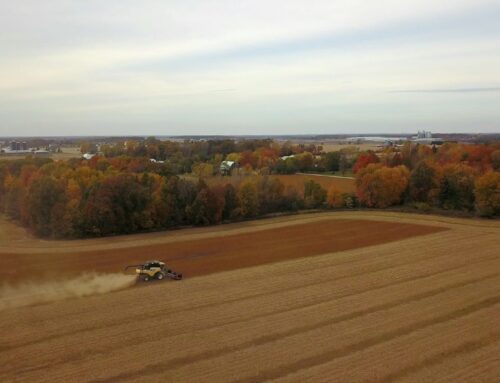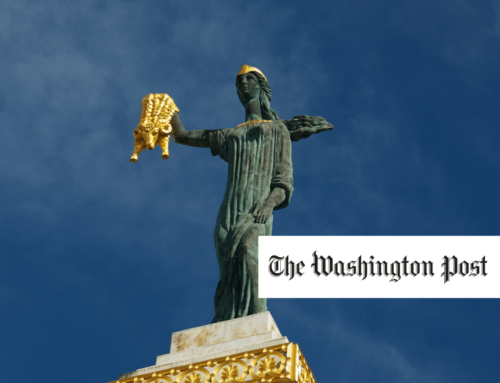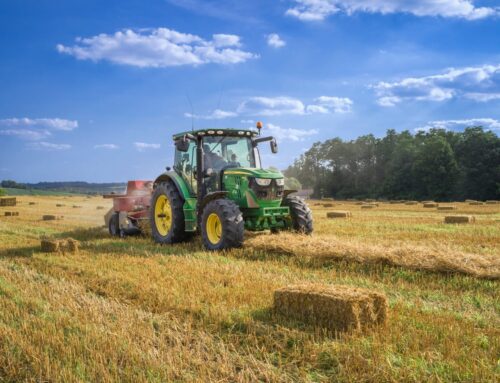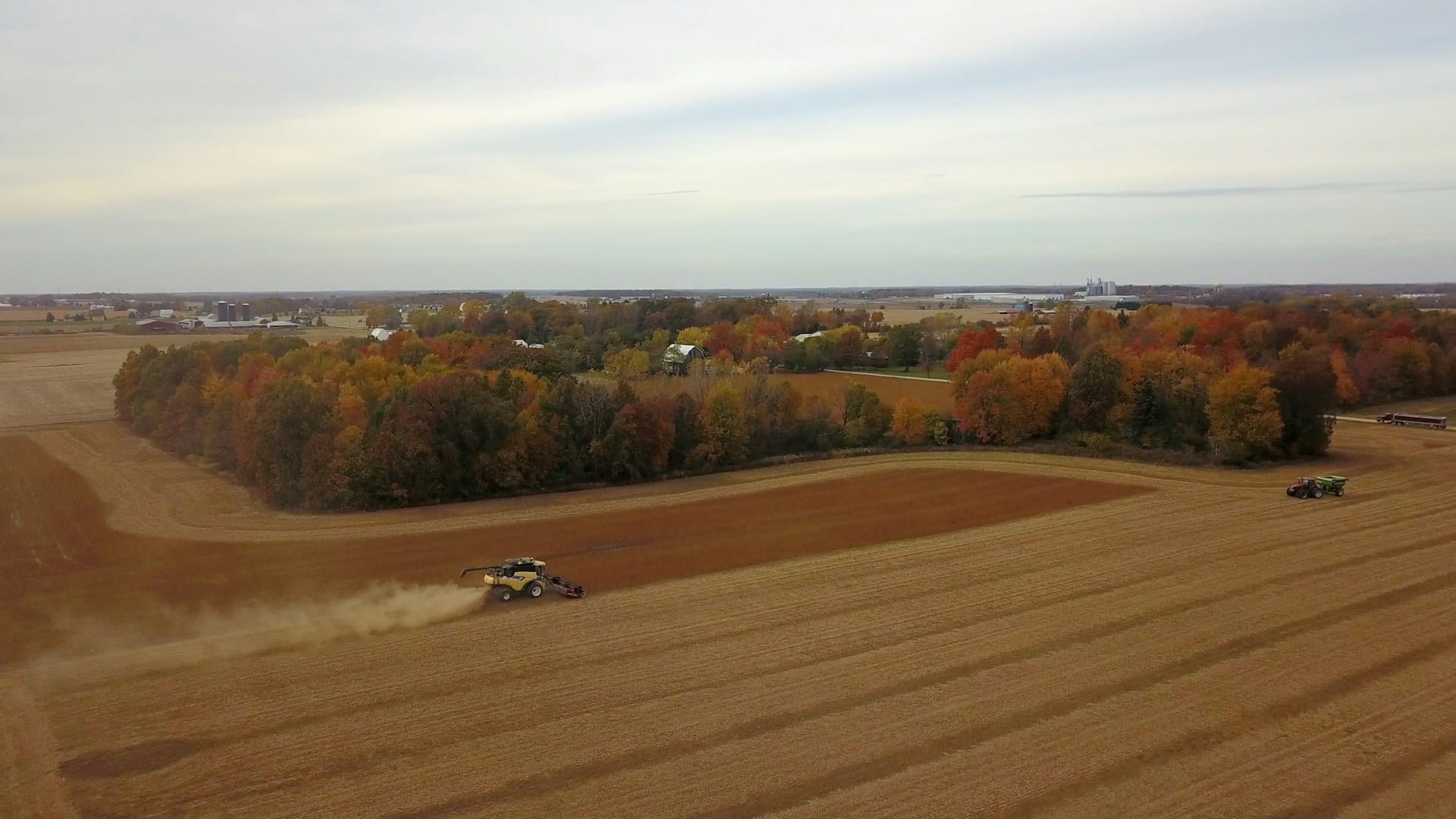Most of the increased spending proposed by President Biden for USDA’s so-called discretionary accounts would go to three things: Rural electricity, WIC, and agricultural research. If approved by Congress, the money would accelerate the shift to cleaner electricity, help low-income families put food on the table and, as part of climate mitigation, find ways to verify carbon sequestration and greenhouse-gas reduction on the farm, said the White House.
“This is our moment to solve big challenges by acting boldly,” said Agriculture Secretary Tom Vilsack following the release of the administration’s $1.5 trillion “skinny budget” on Friday. The package covered discretionary spending, which is decided each year by Congress. In coming weeks, a “unified” budget will be released that includes mandatory spending and President Biden’s proposals on infrastructure, said administration officials.
Biden requested a 16% increase, or $3.8 billion, in discretionary spending by the USDA, including $1.4 billion for rural electricity programs, $1 billion for “critical nutrition programs,” including WIC, and $647 million for agricultural research and outreach. Total discretionary spending for fiscal 2021, opening on October 1, would be $27.8 billion under the Biden proposal, compared to $24 billion now.
USDA spending is dominated by mandatory spending programs such as SNAP and farm subsidies. Those programs are responsible for more than 80¢ of each $1 in USDA outlays. The USDA spent around $150 billion a year before the pandemic prompted large increases in farm supports and public nutrition. Usually, nutrition programs such as WIC, school lunch, and SNAP account for two-thirds of the USDA budget.
“Every community would benefit from taking bold action to achieve 100% carbon-pollution-free electricity by 2035, including rural communities and communities of color,” said the White House budget office in a 58-page summary of the Biden package. It proposes an increase of $1 billion for clean energy, energy storage and transmission projects, and $400 million “in new funding to give rural electric providers financial flexibility as they accelerate to carbon-pollution free electricity.”
In related moves, the administration proposed a $65 million increase in ReConnect, the grant and loan program to deploy high-speed internet to unserved areas, and a $100 million increase in grants and loans for rural water and wastewater projects. Biden’s infrastructure plan calls for spending $100 billion to bring broadband service to all Americans. “Rural Americans are 10 times likelier than urban residents to lack access to quality broadband, with particular challenges for tribal communities,” said the White House.
The proposal includes $1 billion for WIC and related public nutrition programs. “These funding levels would support an anticipated increase in participation in WIC and combat rising food insecurity, which has disproportionately harmed families of color,” said the administration. Enrollment in WIC, which provides supplemental food packages and healthcare referrals to pregnant women, new mothers, and children up to age 5, has declined modestly in recent years to around 6.2 million women, infants, and children. WIC serves roughly half of all babies in the United States, says the USDA.
With the additional $647 million in funding, researchers “would advance innovation and the application of science-based and data-driven tools” in American agriculture, said the administration. It would include enhancements “to measure, monitor, report, and verify carbon sequestration, greenhouse gas reduction, wildlife stewardship, and other environmental benefits at the farm level and on federal lands.”
The fiscally conservative group Taxpayers for Common Sense applauded steps toward better monitoring and verification of the effects of land stewardship programs.
“Broader proposals from the administration and Congress to create a new USDA carbon bank should be carefully evaluated, however, in light of future climate outcomes, taxpayer costs, and return on investment,” said the group.
The administration asked for an additional $100 million for voluntary conservation on private and public lands as part of its goal of conserving 30% of land and water by 2030. With voluntary conservation, it said, landowners could continue to work their land.
To read the administration’s 58-page proposal, click here.











Get Social